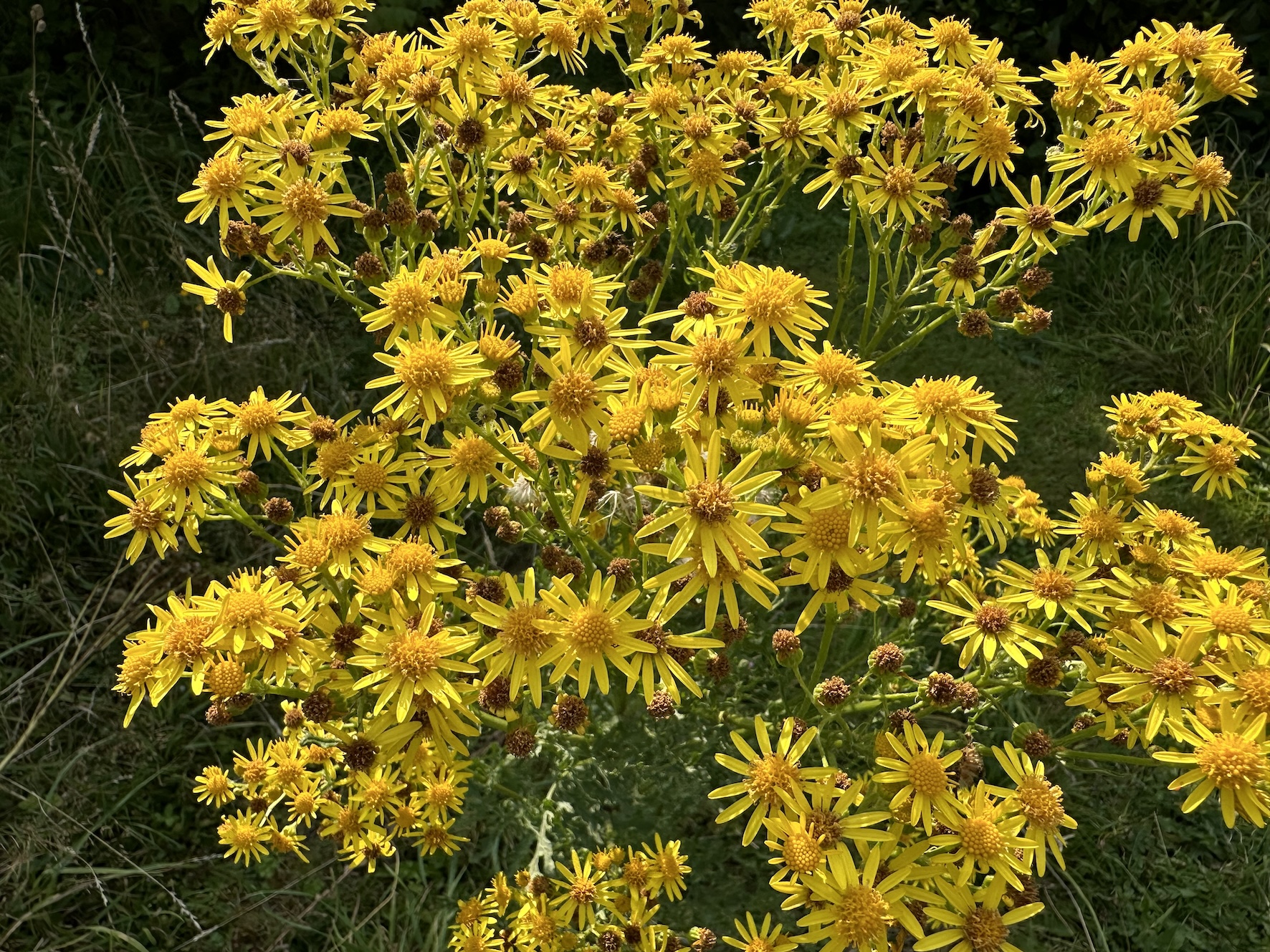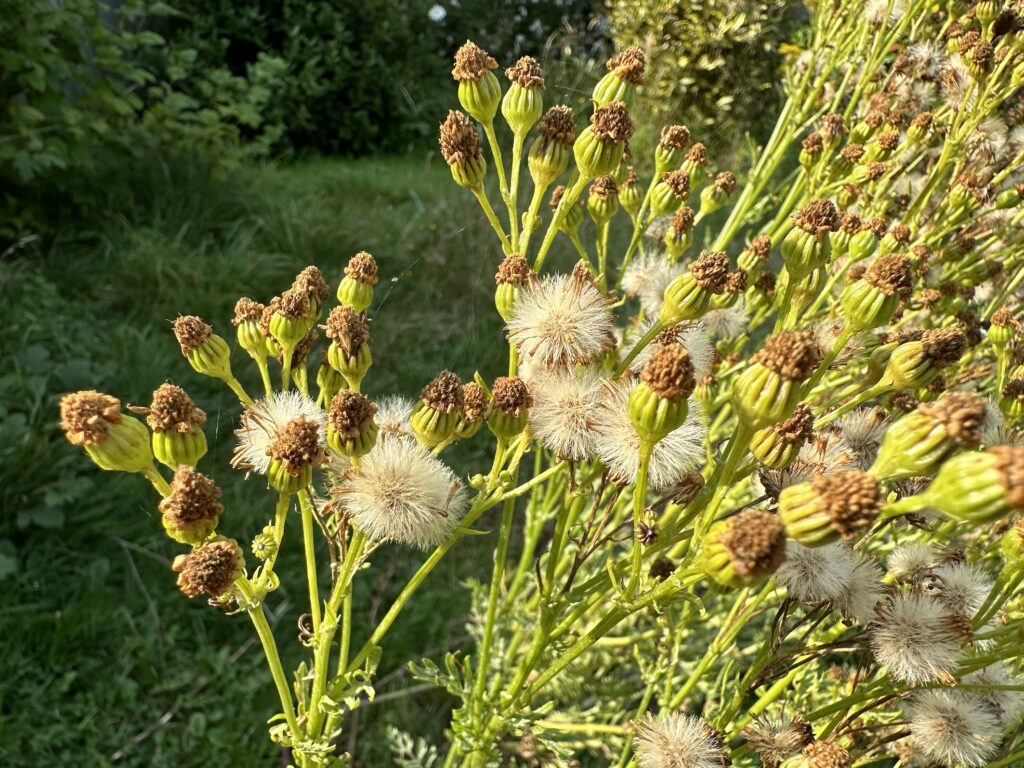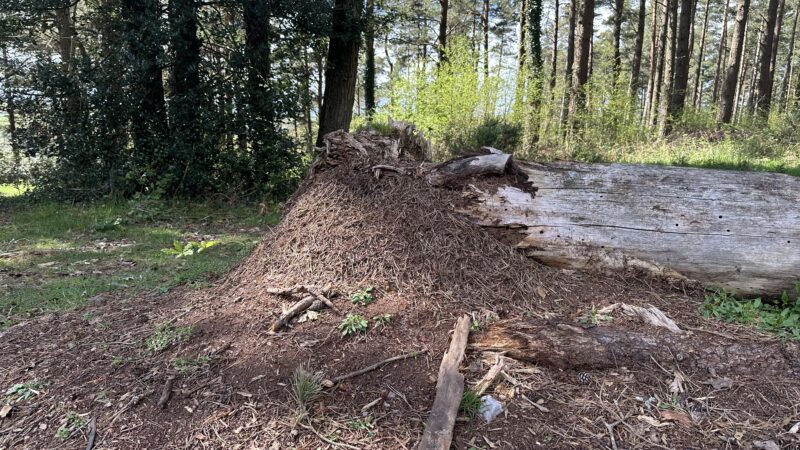Ragwort – the ‘deadly daisy’ that’s home to many invertebrates

This was a spectacular ragwort summer. Tall, flat-topped candelabras of egg yellow have lighted long stretches of road verge, filled sunny corners of pasture and erupted in the middle of less-mown lawns. But it’s a controversial plant, characterised by some as a “deadly daisy”. All parts contain toxic alkaloids, which if eaten will cause cumulative liver damage in horses and cattle, sometimes with fatal results.
Even a light brush against the leaves and stems releases a strong odour, which has inspired descriptively uncouth names, including mare’s fart and stinking willy. The pong has a practical purpose, helping to deter herbivores from grazing on it.
Ragwort (Jacobaea vulgaris) is more of a poison hazard when cut and dried in hay, its fresh pungency faded and therefore less detectable. Yet it is also a valuable source of late-summer food for more than 80 invertebrates. Around 35 UK insect species depend on it, including the beautiful cinnabar moth, whose silky charcoal and scarlet wings proclaim toxicity, a result of voracious feeding on ragwort before pupating.
The fuzzy caterpillars, striped in yellow and black, will strip plants to fibrous brown skeletons. It’s also beloved by red soldier beetles (Rhagonycha fulva), generally seen in pairs on hot sunny days, their oblong orange-red bodies engaged in enthusiastic copulation.
Only this year is different – I haven’t seen any of these insects. Clumps that I would expect to host a cloud of species have been bare of life, offering their flowers to empty air. The plant in the front lawn had only one small hoverfly. While this is not a site where I would expect to find cinnabar moths, it would usually attract more flies and at least a few winged beetles.
My observations chime with what many others have noticed this year. We had the wettest spring since 1986, followed by an unseasonably cool June and July. The weather has placed extra stress on insect numbers already under strain from long-term habitat damage.

With autumn approaching, much of the ragwort has finished flowering and is shedding abundant puffs of light – feathered seeds, up to 2,000 from each plant, which can lie dormant for years and still be viable.
First published in The Guardian’s Country Diary column on 30 August 2024. Ten of my pieces are in the new Country Diary anthology Under the Changing Skies: The Best of the Guardian’s Country Diary, 2018-2024 (Guardian Faber): order at the guardianbookshop.com and get a 20% discount.





